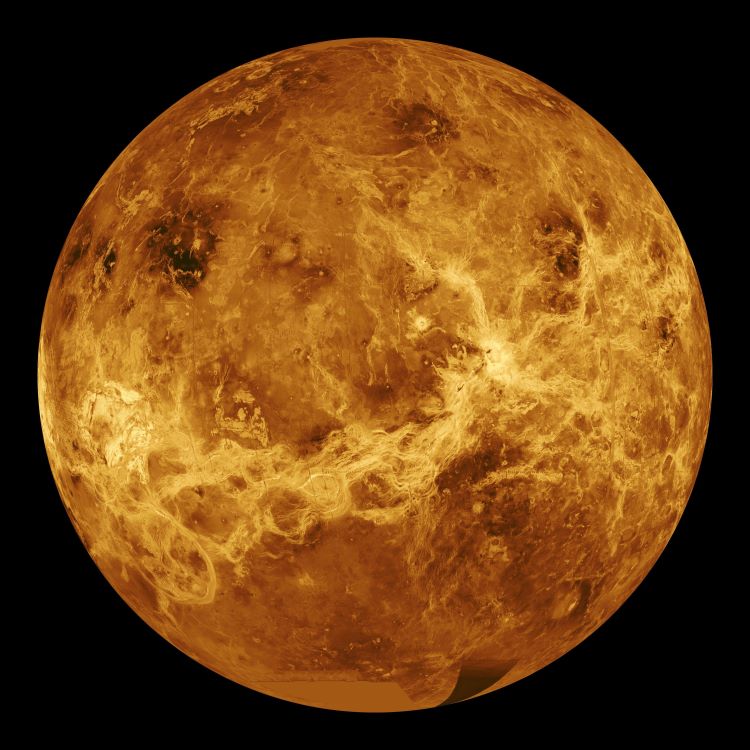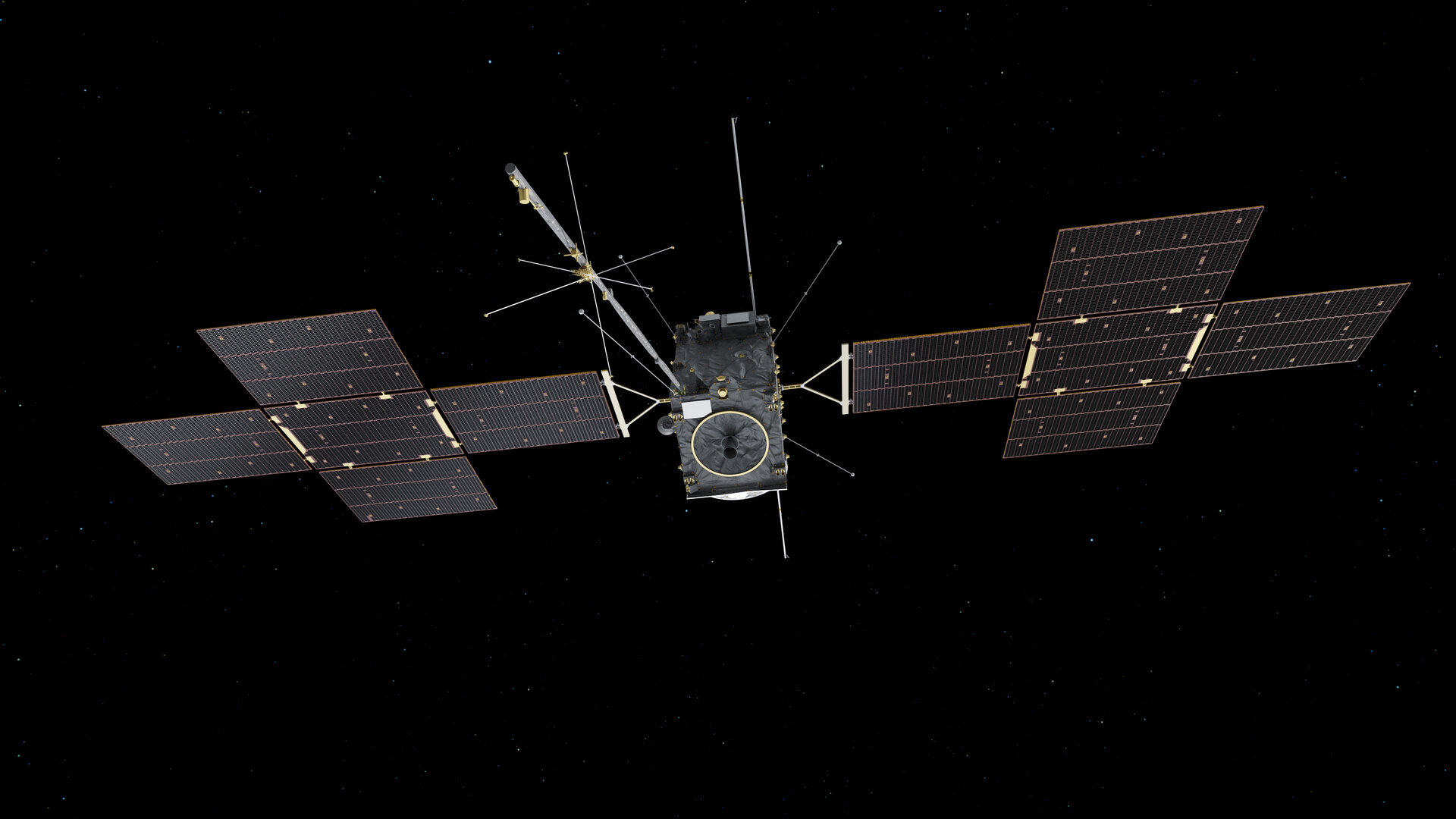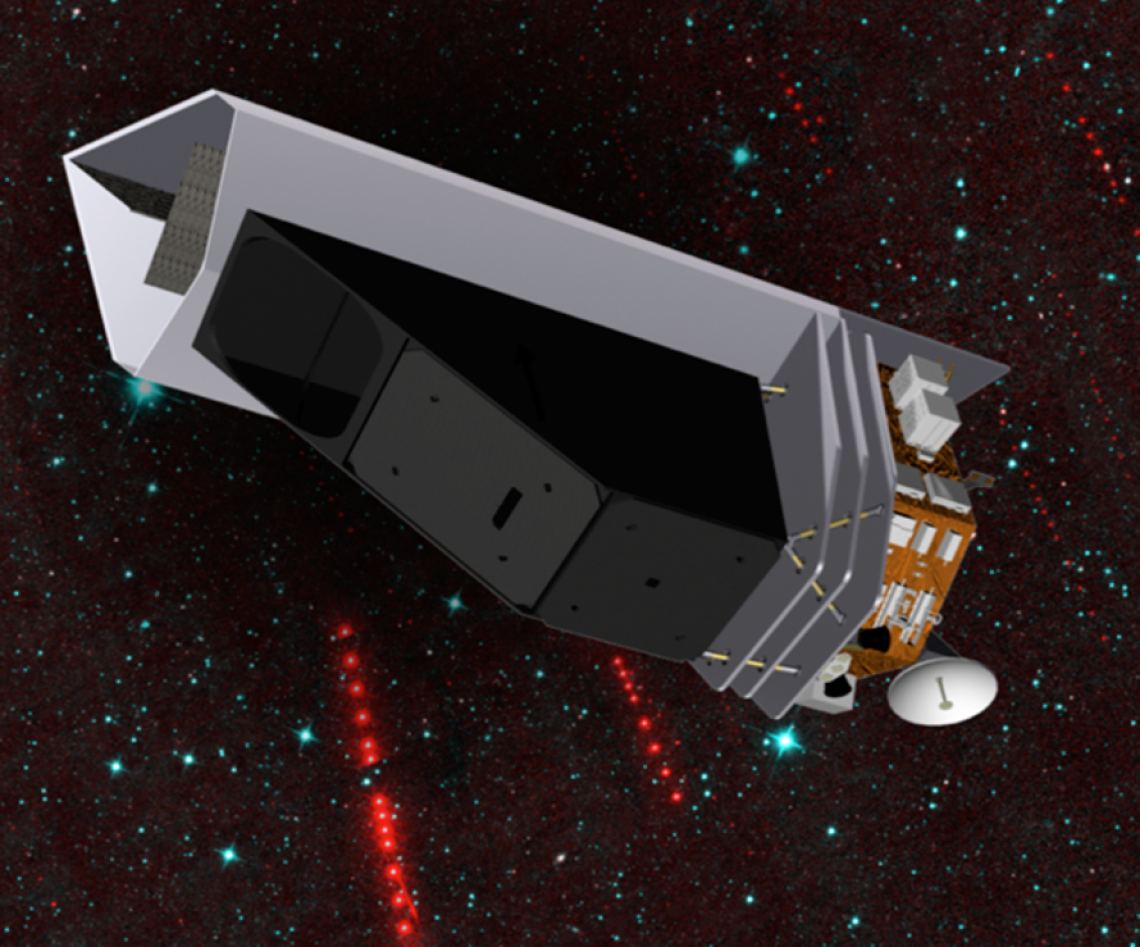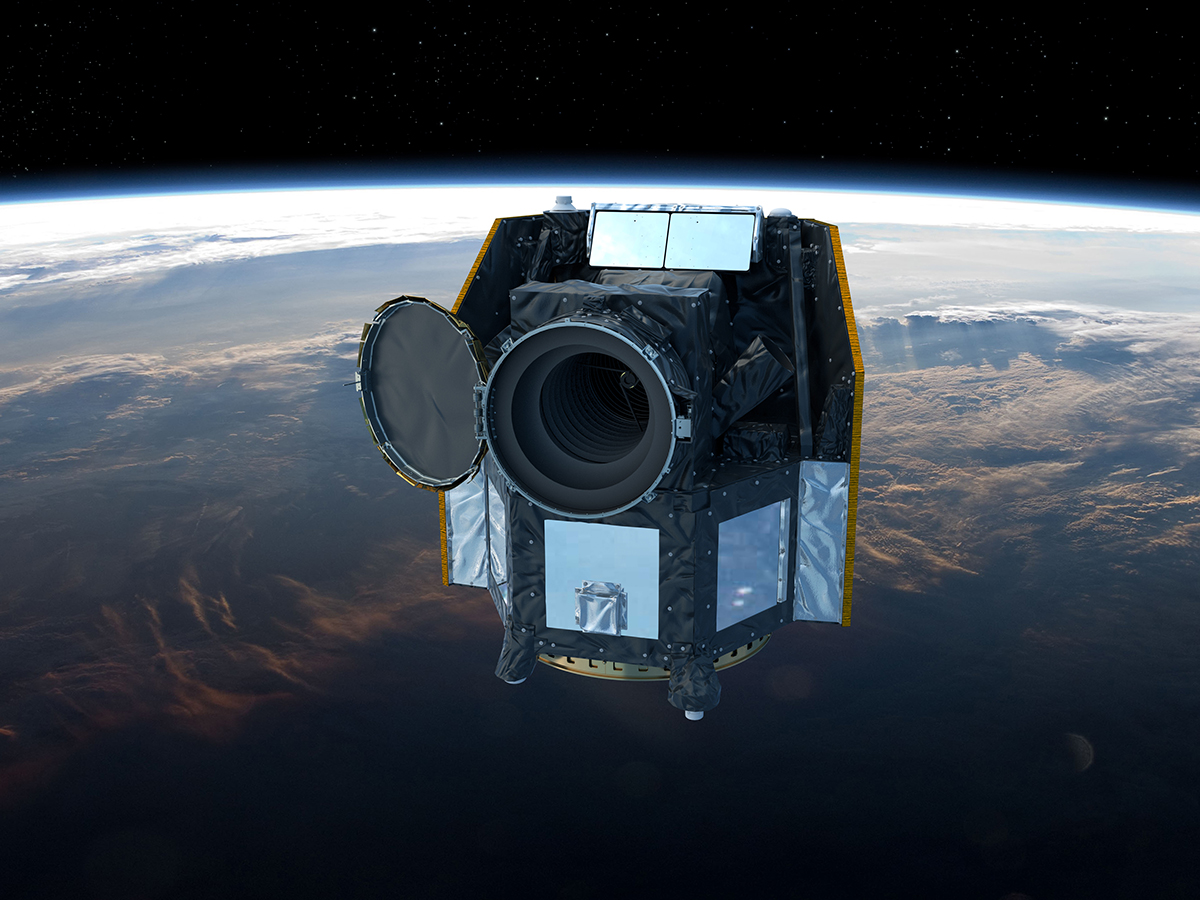It’s almost impossible to over-emphasize the primal, raging, natural power of a star. Our Sun may appear benign in simple observations, but with the advanced scientific instruments at our disposal in modern times, we know differently. In observations outside the narrow band of light our eyes can see, the Sun appears as an enraged, infuriated sphere, occasionally hurling huge jets of plasma into space, some of which slam into Earth.
Jets of plasma slamming into Earth isn’t something to be celebrated (unless you’re in a weird cult); it can cause all kinds of problems.
Continue reading “These New Computer Simulations of the Sun are Hypnotic”









